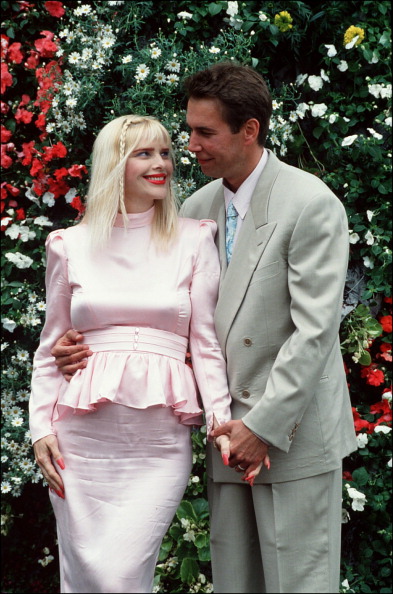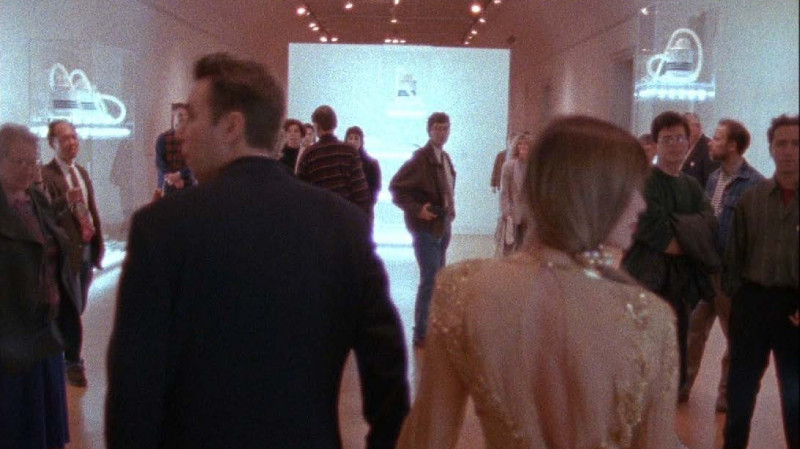The idea that everything and everyone is a commodity, with a price tag, is scarcely an original insight. But it seems an inescapable fact of life in present-day America, where we are reminded that any meaningful act of spontaneous human behavior “inspires” a platoon of publicists, agents, image consultants and programming executives.
This is the world in which Jeff Koons lives and rules. The creative act is secondary to the marketing campaign; in fact, the former might as well not exist without the latter. Hide your light under a bushel? Ha. Design, art-direct and focus-group the bushel, flog the brand, license the logo — and then, and only then, give some thought to the lighting.
The San Francisco premiere of Jeff, Embrace Your Past in SF DocFest (screening Jun. 13 and 17 at the Roxie) provides the occasion for this rumination, although as the record-holder for the highest price ever paid for an artwork by a living artist, Koons is perennially noteworthy. The film comprises 40 minutes of scenes that local filmmaker Roger Teich shot during the installation and opening of Koons’ 1992 San Francisco Museum of Modern Art retrospective, offering an intriguing portrait of a self-conscious enigma.

An observational work without a tangible critical perspective beyond bemusement, Jeff, Embrace Your Past gives us sequences of a polite, clean-cut Koons focused on the precise positioning of his pieces, notably a set of vacuum cleaners enclosed in glass. We’re privy to several opening night activities, as well as Koons guiding his then-wife, porn star and Italian parliament member Ilona Staller, through the exhibit — and past his paintings of the couple in flagrante delicto.
“Roger approached it very much as a Koons skeptic at that time,” says longtime Bay Area film producer Henry Rosenthal, who was invited by Teich to collaborate on shaping and editing the original raw footage. “It was the outrageousness and notoriety of the subject that attracted him. This was the show where Koons transitioned from an art star to an art superstar. Roger had the foresight and interest to gain unprecedented access to Koons, to the museum, to the collectors, to the whole milieu surrounding him.”


